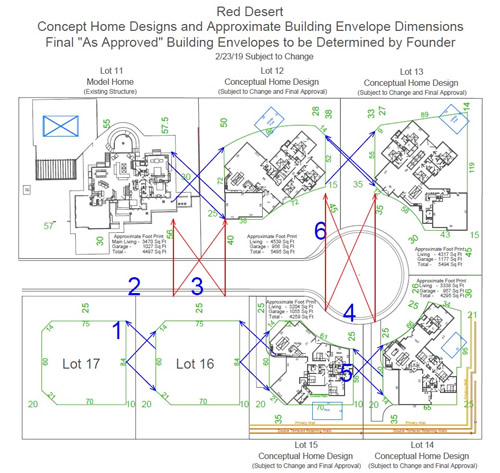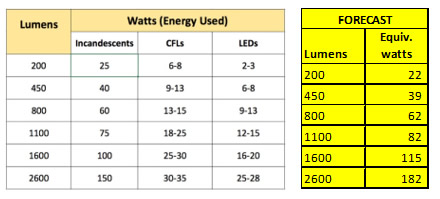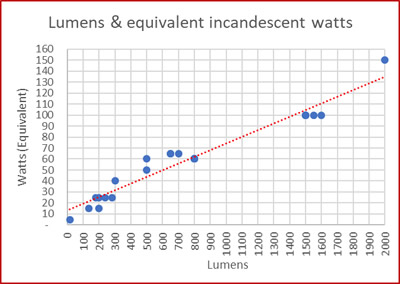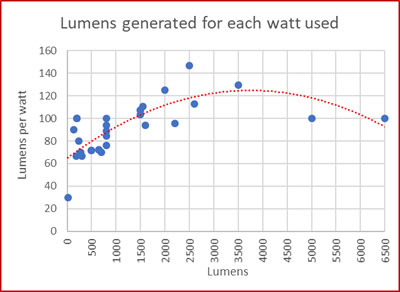
Rob Roush, the developer of the Red Desert subdivision in Ivins, contacted us last month because he was interested in making his development next to Red Mountain as dark sky friendly as possible. He also helped us on our first nighttime outing to measure the color temperature of lights in the City.
Over the past month or so, we exchanged a number of emails and discussed outdoor lighting issues he was dealing with in drafting his CC&Rs. Rob recently filed CC&Rs and sent us a copy. Rob had clearly done a lot of homework.
Red Desert’s CC&Rs are more restrictive than out current outdoor lighting ordinance. And they are more restrictive than the International Dark Sky Association (IDA) requires for communities seeking certification as Dark Sky Communities.
For example, our current ordinance allows the color temperature of outdoor lighting to be has high as 4,000 degrees kelvin. That’s too high and the City has plans to reduce that requirement to 3,000k or lower. IDA requires a maximum of 3,000k. Rob’s CC&Rs requires a range between 2,200k and 3,000k with a target of 2,700k.

IDA also requires properties limit the total amount of outdoor lighting. Our existing ordinance doesn’t really address that, it’s a newer concept in outdoor lighting circles. Red Desert’s CC&Rs not only address overall limits, they also set a maximum amount of lumens for each type of outdoor lighting use. And Rob’s CC&Rs are not only more protective about shielding lights than our current ordinance, they are more protective than IDA requires.
Thank you Rob for taking the efforts of our Ivins Night Sky Initiative to heart.
For more information about night sky friendly lighting, projects we are working on, upcoming events, or inquiring about getting involved, Contact Us.





